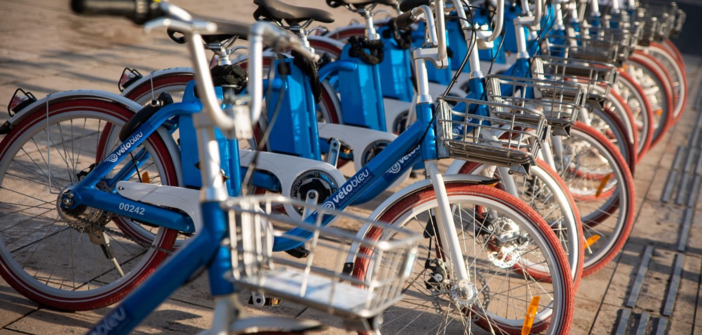Copenhagen’s collective sustainable mobility is often hailed as an example. A paradise for bicycles and a delight for urban planners, the Danish capital has continuously developed sustainable and collective mobility, which is taken as an example worldwide.
The capital of sustainable mobility compels us to open our eyes to an alternative mobility, the “collective sustainable mobility”.
But if the bicycle is king, Copenhagenize indicates that over the past 10 years, the city has spent an average of €10 million per year on cycling infrastructure.
More modestly, but with the same determination, the metropolitan area of Nice is trying to follow in the footsteps of changing modes of transportation with alternative options to motor vehicles: the 3 tramway lines and the Lignes d’Azur buses, ZOU trains, Autobleu, Cityscoot, VéloBleu, and now the e-VéloBleu version.*
The menu is rich and abundant!
The e-VéloBleu will be available in quantities of 200 in Nice, Saint-Laurent, and Cagnes, which are the three most populated cities in the Metropolis, in a free-floating version (this means the disappearance of stations. The e-VéloBleu can be dropped off anywhere, as long as it is in a two-wheeler spot).
The city has also inaugurated a parking-relay exclusively for bicycles under the Thiers station.
In this case, the good example is the three-story bicycle parking at Amsterdam’s Central Station, where there are on average 10,000 bicycles with an occupancy rate of 136%.


